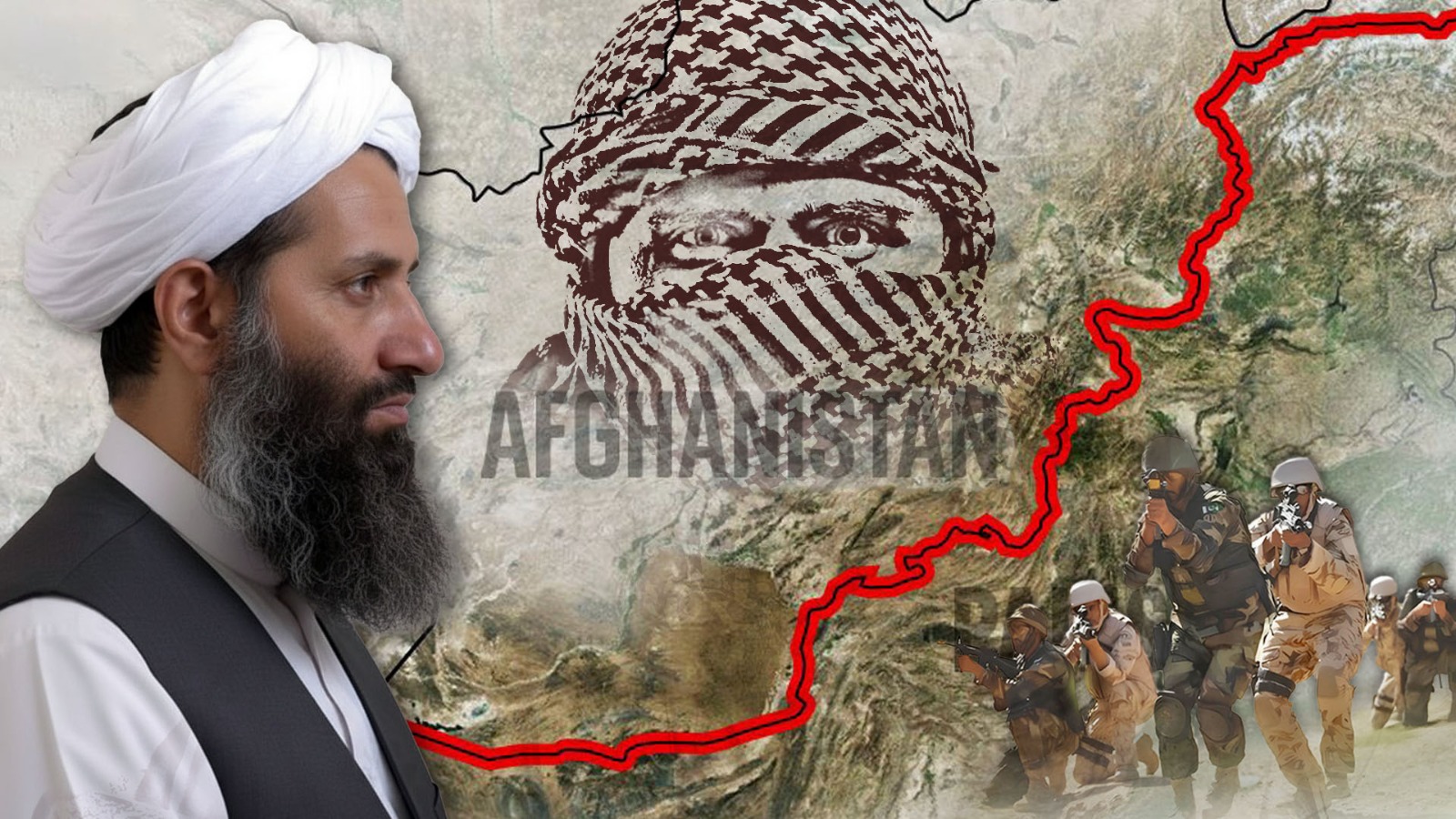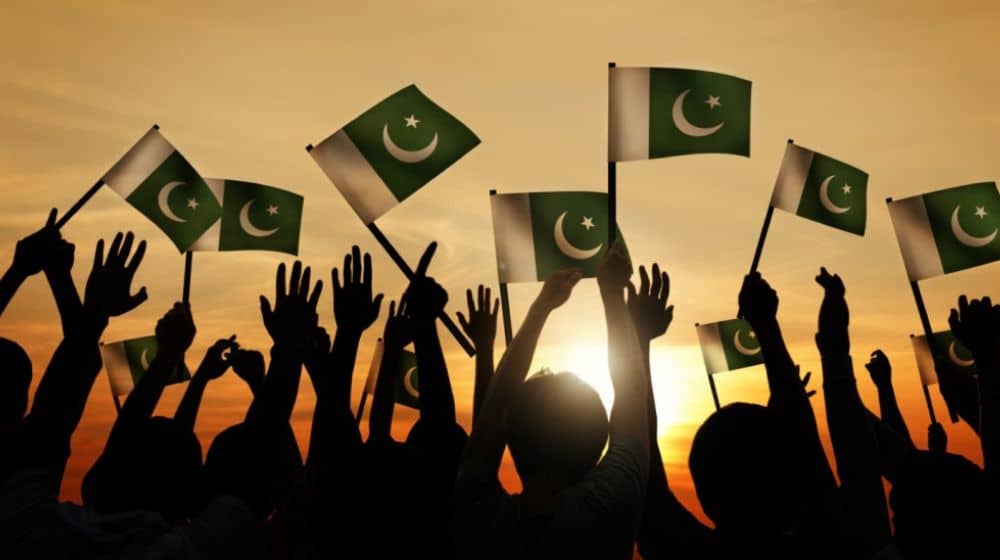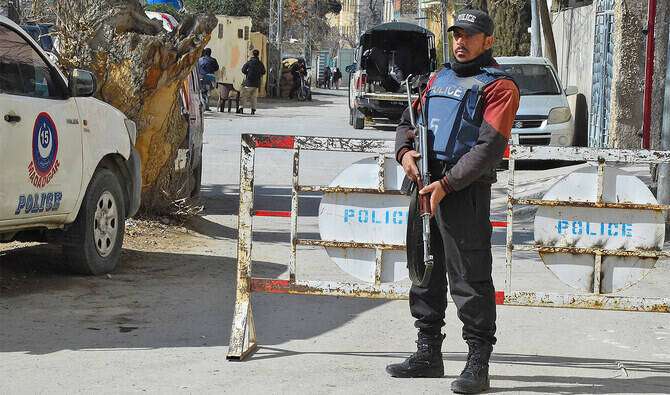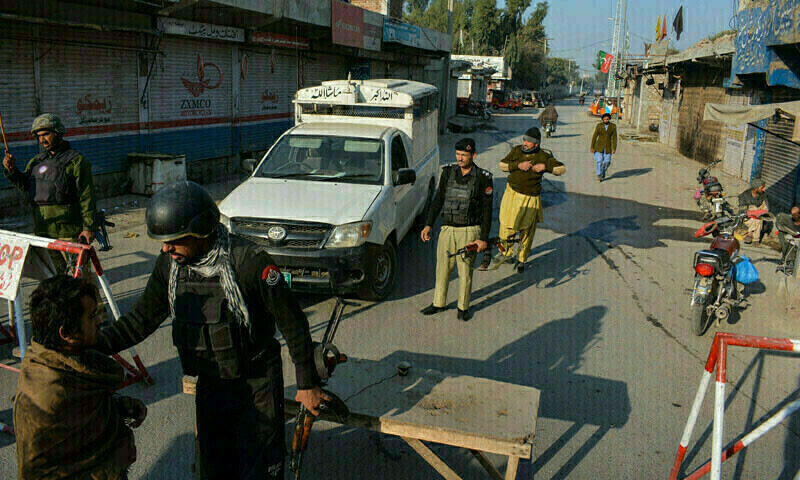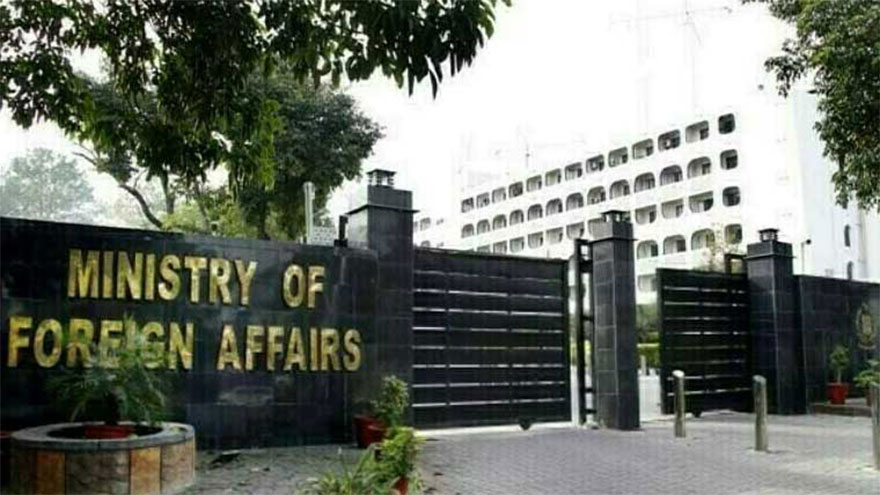In her seminal essay Can the Subaltern Speak? (1988), Gayatri Chakravorty Spivak asked whether marginalized women in the postcolony could ever truly find a voice within structures designed to silence them. Feminist theorist Chandra Talpade Mohanty had described women in the Global South as being “doubly othered”—subjugated by both colonial legacies and patriarchal authority. These foundational ideas remind us that women are not just passive victims of history but subjects systematically pushed to the margins, denied speech, agency, and recognition.
Yet in Khyber Pakhtunkhwa (KP), even this framework seems incomplete. Here, women are not only doubly othered but triply othered. They live at the intersection of patriarchy, which confines their everyday lives; terrorism, which displaces, threatens, and silences them; and climate change, whose floods and environmental shocks wash away fragile livelihoods.
Pakistan now sits at the very bottom of the global gender gap index, lagging even behind countries in active conflict. The irony is stark: just days earlier, the federal government had unveiled what it called a “gender responsive” budget for 2025–26, announcing that 6.9 percent of the Public Sector Development Programme (PSDP)—amounting to PKR 291 billion—was tagged as gender-sensitive. On paper, the numbers suggest progress; yet without dismantling entrenched patriarchal structures, such allocations rarely translate into meaningful change. In practice, the lived reality for women remains one of shrinking participation and systemic exclusion.
Pakistani feminists have shown that these restrictions are not incidental; they are entrenched in customary practices, inheritance systems, and household divisions of labor that render women dependent and invisible in decision-making spaces. Spivak’s question—can the subaltern speak?—resonates deeply here. Women in KP do speak, but their voices often remain restricted to the private sphere, whispered rather than amplified. The silence becomes more profound in times of upheaval: when relief aid is distributed, when schools are rebuilt, or when policy meetings are convened, women are almost always absent from the table.
After the resurgence of Tehreek-e-Taliban Pakistan (TTP) post 2021, the destructive equation remains hauntingly persistent. In early 2024, several girls’ schools in North and South Waziristan were torched—a grim echo of past assaults and an explicit attack on women’s right to education. Yet the damage extends far beyond classrooms. Militancy also eroded healthcare: female doctors were threatened, clinics forced shut, and maternal care rendered inaccessible. Everyday survival is equally constrained, as mobility restrictions, harassment at checkpoints, and the fear of violence make even basic tasks—fetching water, seeking medical help, earning a livelihood—fraught with danger. Political participation suffers too; women candidates in local elections have faced intimidation and, in some areas, outright bans on campaigning. In this way, the war on terror becomes a war on women’s futures, deepening patriarchal dependency and silencing their presence across public life.
This dynamic echoes Mohanty’s critique of Global South women being framed as victims without agency. In KP, women are not passive; they resist, rebuild, and educate in the margins. Yet their resistance remains under-documented and overshadowed by the narratives of men—whether militants, soldiers, or politicians. Just as war unsettled their everyday lives, climate disasters have also stripped away fragile stability.
KP is one of the most climate-vulnerable provinces in Pakistan. From the catastrophic floods of 2010 to the unprecedented deluge of 2022, and now the devastating floods of 2025, women in KP have consistently borne the brunt of destruction and displacement. A 2018 report by The Strauss Center on Pakistan observes that climate change multiplies existing insecurities by undermining livelihoods, destroying infrastructure, and exacerbating displacement. These impacts are never gender-neutral. A 2021 study in Gender, Place & Culture by Sawas and colleagues highlights how women in flood-affected regions are responsible for water collection, caregiving, and household survival—roles that only intensify during crises.
When men migrate for labor or flee violence in search of security, women are left to manage children, elderly relatives, and devastated homes with little to no institutional support. Climate shocks then force another displacement, compounding the instability. In flood-hit areas of Pakistan, many women reported not only losing homes to floods but also being uprooted again and again into makeshift shelters, where access to clean water, maternal healthcare, and food security was almost nonexistent. This cycle illustrates the triple marginalization women in KP endure: patriarchy confines them, terrorism displaces them, and climate change repeatedly uproots what little stability remains. Survival becomes not a single act of resilience but an endless negotiation with loss, carried disproportionately on women’s shoulders.
Much of the language used to describe women’s experiences in such contexts focuses on their “resilience.” Yet resilience, if detached from structural reform, risks becoming another burden, one that asks women to adapt endlessly to patriarchal and violent systems without questioning the conditions that create vulnerability in the first place. What is urgently needed in KP is a restructuring of policy frameworks that address the triple burden head-on.
Pakistan’s updated Nationally Determined Contribution (NDC) commits to a 50% reduction in projected emissions by 2030, with ambitious adaptation strategies across agriculture, water, health, and ecosystems. These commitments create opportunities to center women’s participation—whether in water governance, disaster risk reduction, or access to green jobs—but unless the frameworks are genuinely gender-sensitive, women’s voices may still be marginalized.
Lessons already exist within Pakistan. The Benazir Income Support Programme (BISP), for instance, has shown that direct cash transfers to women strengthen household resilience during shocks. Likewise, localizing the UN Security Council Resolution 1325 on Women, Peace, and Security could ensure that women in conflict-affected KP are included in reconstruction, not as passive beneficiaries but as active decision-makers.
The real policy challenge, then, is not simply to rebuild schools or provide flood relief but to dismantle the intersecting systems that perpetuate women’s vulnerability. Addressing inheritance rights can reduce patriarchal dependency and give women greater control over assets when disasters strike. Expanding girls’ education and healthcare directly undermines militant control, since these are the very domains targeted by groups like the TTP to reinforce women’s invisibility. Finally, ensuring climate adaptation strategies place women at the center—whether through land rights, green jobs, or local water management—can prevent repeated cycles of displacement into makeshift homes.
Only by tackling these structural drivers together can policy move beyond treating women as endlessly “resilient” survivors, and instead enable them to shape futures free of patriarchal, militant, and climate-imposed silencing.
Women in KP live between floods and fire—caught in the crosscurrents of patriarchal norms, militant violence, and climate shocks. To describe them as merely resilient risks obscuring the structural violence they endure. Instead, their struggles must be seen as a call to action: to redesign policies that dismantle the triple burden rather than normalize it. Spivak once asked whether the subaltern can speak. In Bajaur, Buner and Dera Ismail Khan, the subaltern woman does speak—sometimes in whispers, sometimes in defiance. The responsibility now lies with policymakers, scholars, and activists not to speak for her but to listen, and to ensure that her voice shapes the rebuilding of homes, schools, and futures.


